Affiliate links on Android Authority may earn us a commission. Learn more.
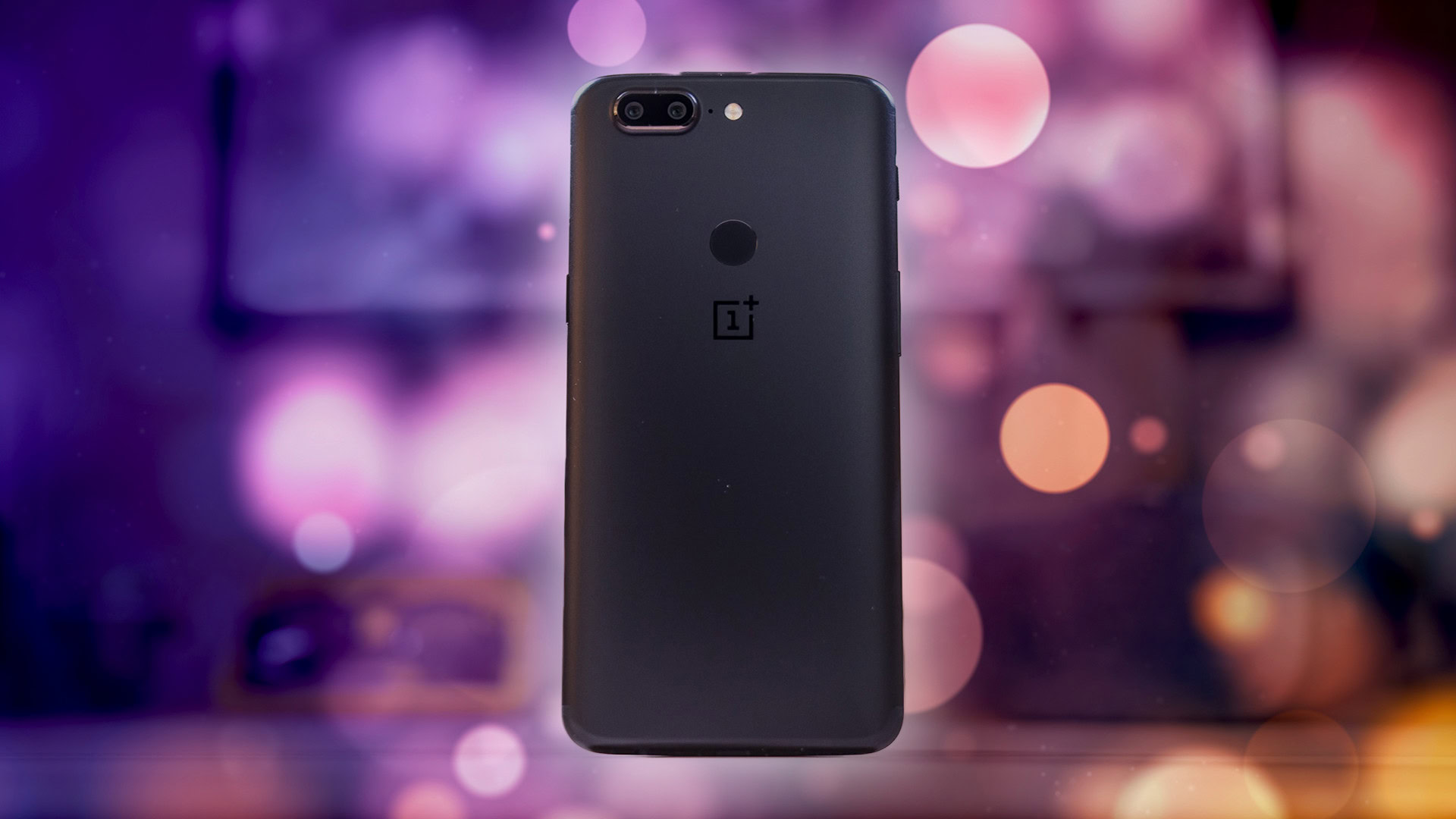
OnePlus OnePlus 5T
What we like
What we don't like
Our scores
OnePlus OnePlus 5T
With the OnePlus 3T, we got virtually the same body as the OnePlus 3, but packed with a new processor, more RAM, and a bigger battery. This year though, there isn’t a new processor available from Qualcomm yet, and the 6-8 GB of RAM offered in the OnePlus 5 was already the highest the industry had ever seen. So many naturally wondered what OnePlus would do this time to entice customers to buy a new device just five months after the previous one. This time around, it’s all about the display.
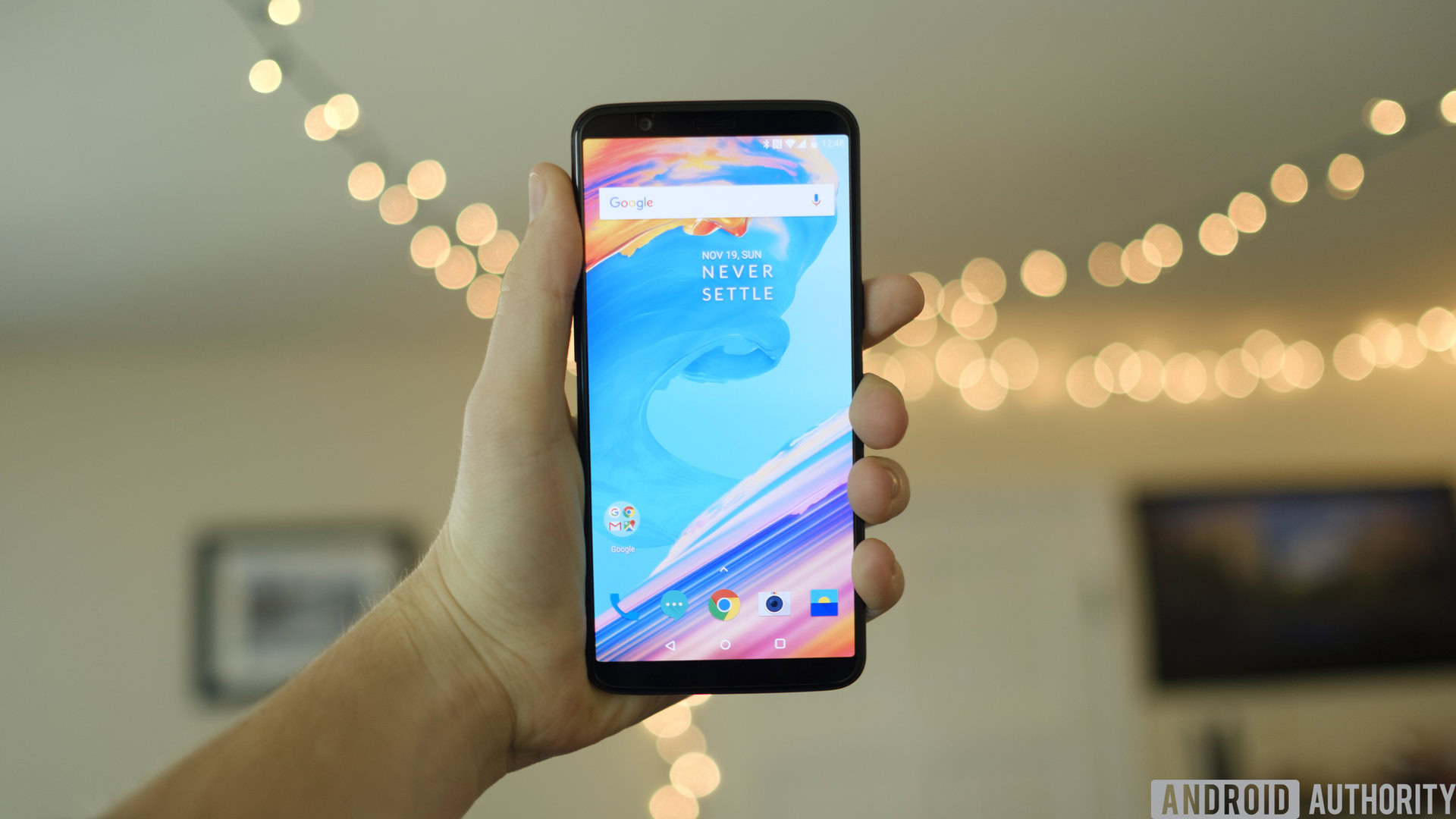
Right out of the box, the OnePlus 5T just screams premium.
Right out of the box, the OnePlus 5T just screams premium. OnePlus knows how to make a statement and the company has gone all out on packaging design. Pulling off the lid we find the full-screened device up front, with the iconic red and white Dash Charger and cable nestled underneath.
There aren’t any additional dongles, cables or earbuds included, but the inclusion of a headphone jack is a more than welcome trade-off. While most companies seem to be moving away from the headphone jack in favor of USB Type-C and Bluetooth audio, OnePlus sticks to the basics to give consumers what they actually want. While it might be nice to offer a USB Type-A to USB Type-C adapter for data transfer as Google does, it’s not the end of the world since account-based backups have become so good.
Design
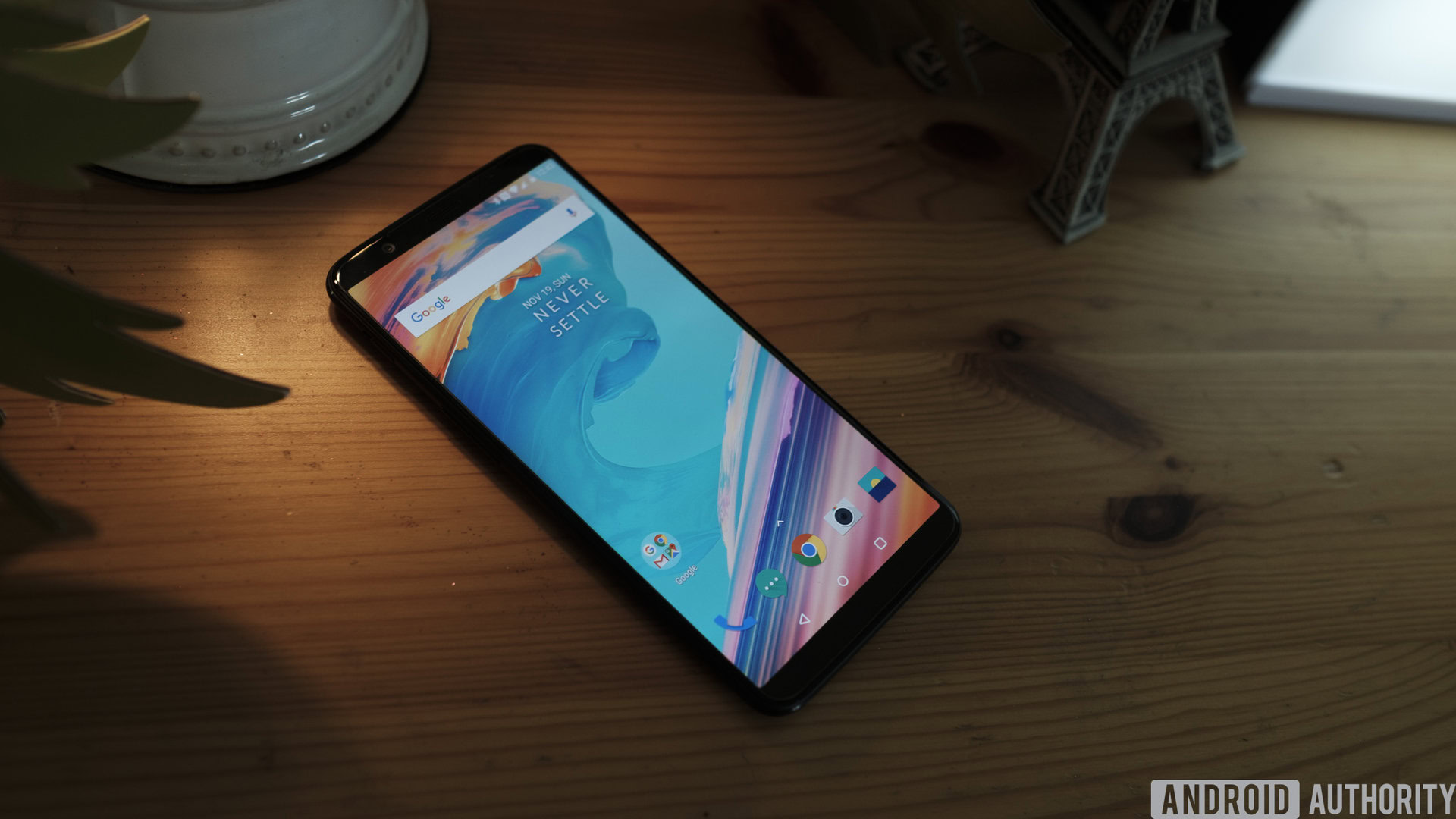
Turning to design, the OnePlus 5T is essentially the same as its predecessor, but still recognizably new. The new 6-inch screen occupies a much larger amount of the front of the device, which is a welcome change for 2017. Because of this, the fingerprint reader has now been moved to the back. This will almost certainly be a controversial move, but it was necessary in order to maintain the form factor OnePlus wanted to utilize.
Even though OnePlus is packing a huge display in a body that isn’t much larger than the display itself, the device doesn’t feel too big. Everything in Oxygen OS scales nicely to the new 18:9 aspect ratio, and you probably wouldn’t notice a difference in content unless you booted up a video and saw the option to expand it to cover the whole display.
The camera bump is now slightly more pronounced, since the company no longer had room to fit all the components behind the top bezel. While this change is definitely noticeable, it isn’t a deterrent by any means, and the edges are now rounded as opposed to the sharper angles housing the OnePlus 5 camera.
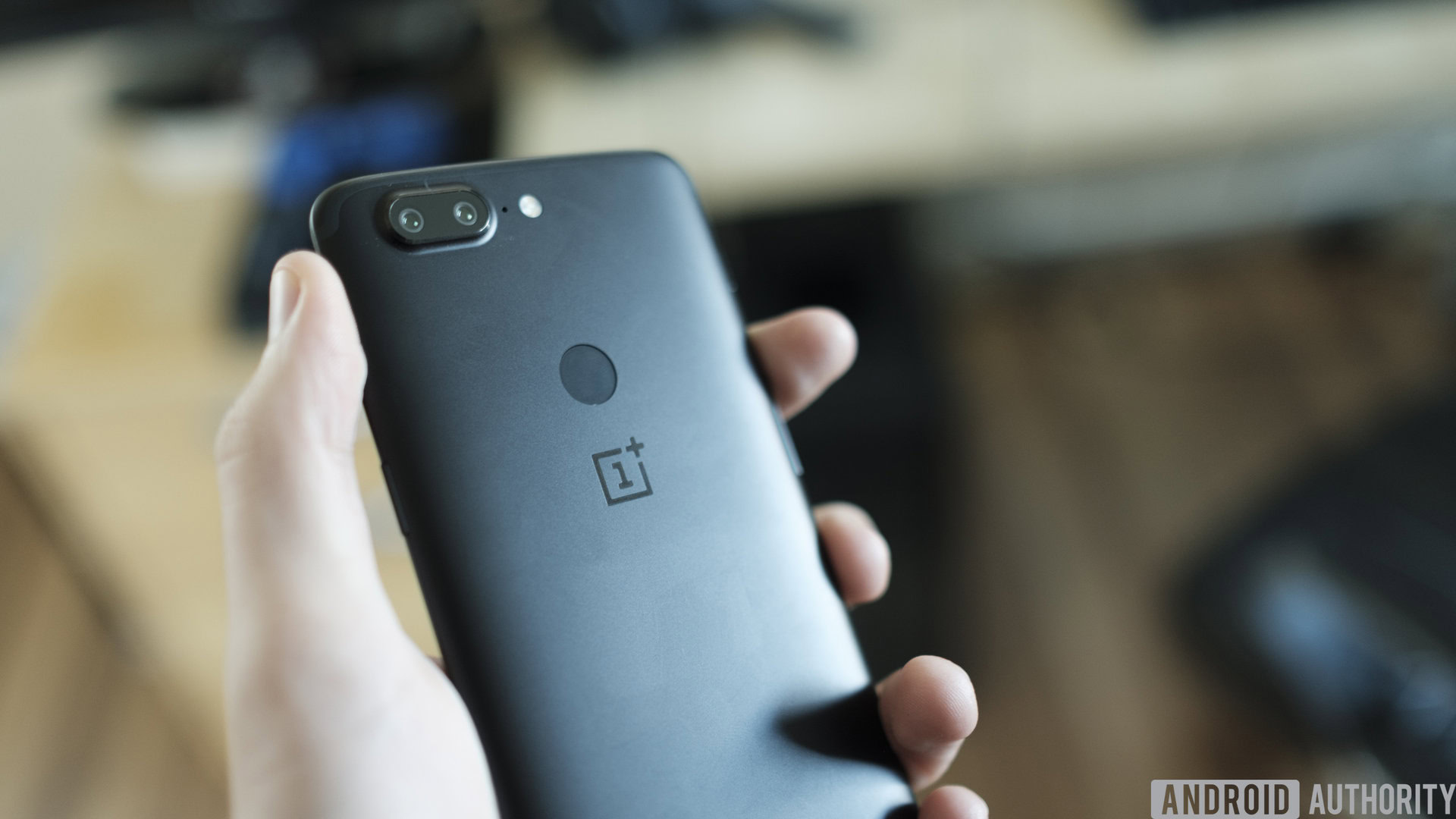
While the rest of the specs might make you think this camera is exactly the same as before, it’s actually one of the major changes in this iteration. OnePlus has replaced the 1.6x optical telephoto lens with a 1x 20 MP shooter that uses groups of four pixels to capture more light and apparently do better in low light circumstances.
Besides these changes, the body is almost exactly the same. It uses the same aluminum alloy shell and has the same antenna lines as the 5, but the body is just a tiny bit bigger. You’ve still got the same tactile power button and volume rockers, and the hardware-based notification switch returns with the same satisfying clicky feel.
If you haven’t held a OnePlus 5 or OnePlus 5T before, I really suggest you do. While most affordable phones settle for plastic housings and cheap materials, the OnePlus 5T feels every bit if not more premium than other flagships on the market. The 5T retains the ultra-slim and polished chassis of the OnePlus 5 as well as the 3,300 mAh battery that fared well in the OnePlus 5.
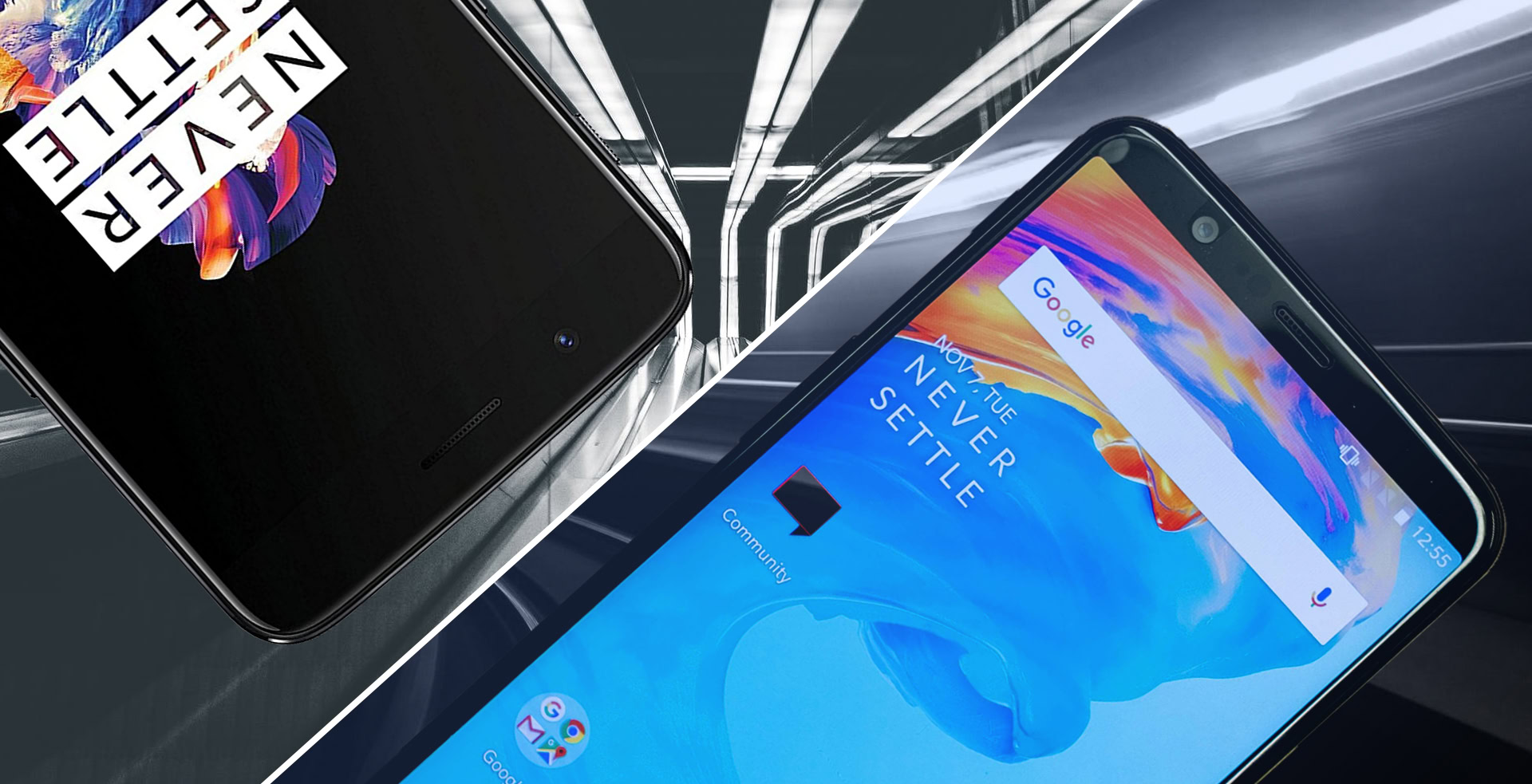
We wanted to give a special mention to OnePlus’ dedication to first party accessories – we were lucky enough to have a number of cases included with the phone and each one has a high quality feel while adding a bit of texture to the phone’s smooth metal housing. One particularly flashy red silicone cover makes the phone really stand out, but our unit has been clad in the Sandstone case that serves as a bit of a throwback to OnePlus’ previous, arguably more unique, smartphone designs.
As I mentioned earlier, the specs are the same as the OnePlus 5 from earlier this year, because Qualcomm still has not announced their new flagship mobile processor. Nevertheless, the Snapdragon 835 and 6-8 GB of RAM tear through just about anything you can throw at them.
..the Snapdragon 835 and 6 GB of RAM tear through just about anything you can throw at the OnePlus 5T
It did seem a bit curious that OnePlus would release a new phone just to update the aspect ratio of the screen, but for many people on the fence about purchasing a OnePlus 5 this might just be the tipping point they needed.
Display
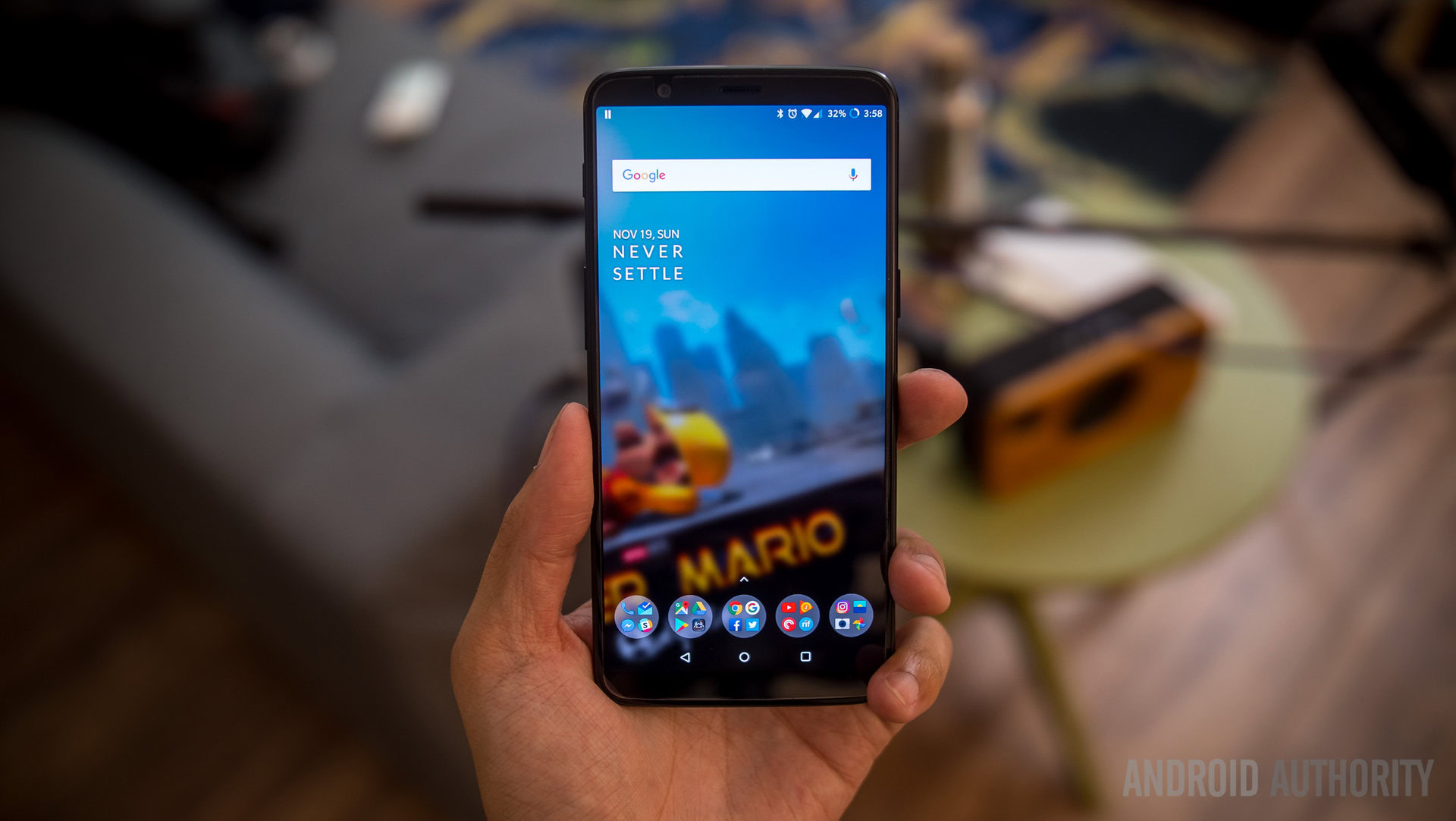
The biggest selling point of this device over the OnePlus 5 is obviously the display, so it only seems fair that we cover that in a bit more detail.
The OnePlus 5T is using a 6″ 1080p Optic AMOLED panel from Samsung with a Diamond Pentile arrangement, and I have had very few problems with it. The lowest brightness setting gets down to just 2.1 nits, which is dark enough that I can’t see it at all outside, but I’m happy the setting exists since I love to read in bed at night.
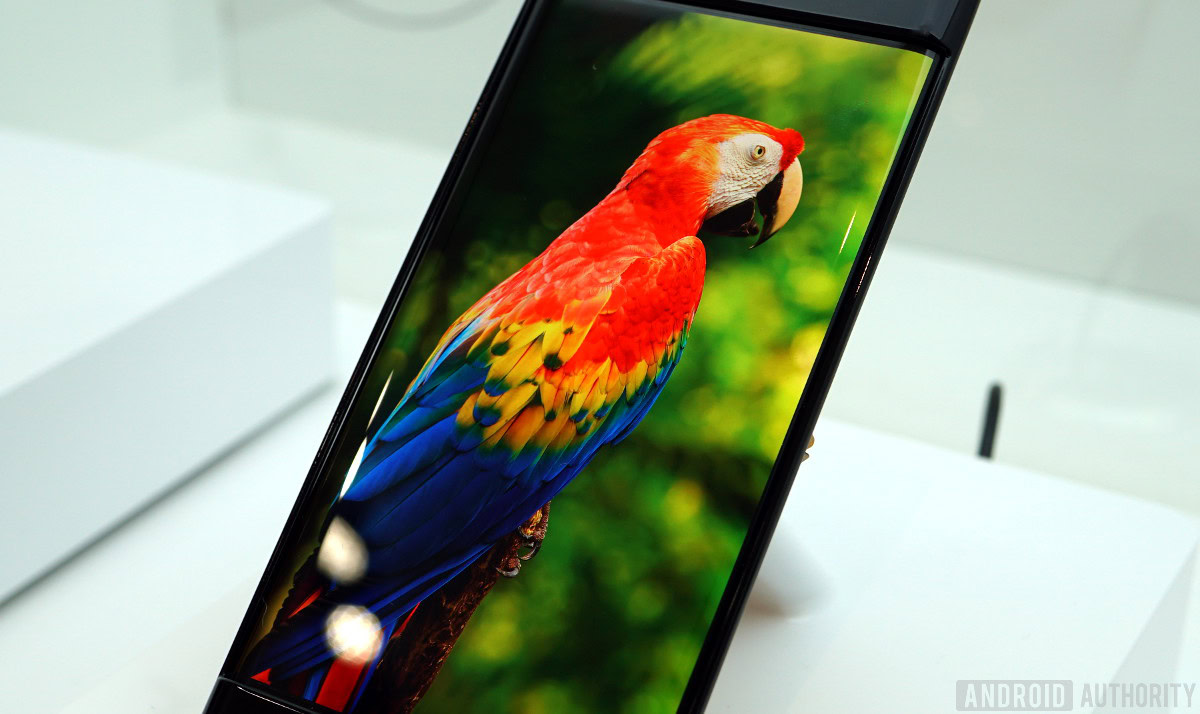
You don’t have to worry about using the OnePlus 5T outside either, since this is one of the most contrasty displays on the market. The maximum brightness caps out at around 440 nits, which is pretty average, but the sunlight contrast ratio is where it really shines, only being beat out by the iPhone X in lab testing done by GSM Arena.
Some features of the display will be familiar, while others have been updated to align with the updated OxygenOS look. For example, the 5T’s version of an Ambient Display is really easy on the eyes and brings up an elegant readout of any notification that comes through. The one gripe that could be leveled against this feature is that it wasn’t converted into an Always on Display, a la Samsung – after all, this is an AMOLED screen.
Another feature that has been a favorite is the Reading Mode, returning once again from the OnePlus 5. It makes the display black and white, but with a color temperature that makes for comfortable reading of websites, apps, and even e-books. It’s the best companion for the Amazon Kindle application, allowing me to leave my actual Kindle behind once in a while.
I'll happily take the ultra-competitive price and battery life over higher resolution.
I’m honestly really pleased with this display. You might say that OnePlus should have included a 2K display since the technology is now pretty standard in flagships, but I’ll happily take the ultra-competitive price and battery life over the higher resolution. You probably shouldn’t do mobile VR on this thing, but for people not incredibly interested in that, this display works just beautifully.
If you’re not satisfied with the display in it’s default state, OnePlus gives users a variety of options to tune it to your liking. You can use the sRGB mode to get a more color-accurate experience, or use the color temperature sliders to find a warmth that works for you. It’s this kind of customization that makes us love OnePlus devices, along with the ultra-customizable but still very simplistic Oxygen OS.
Performance & hardware
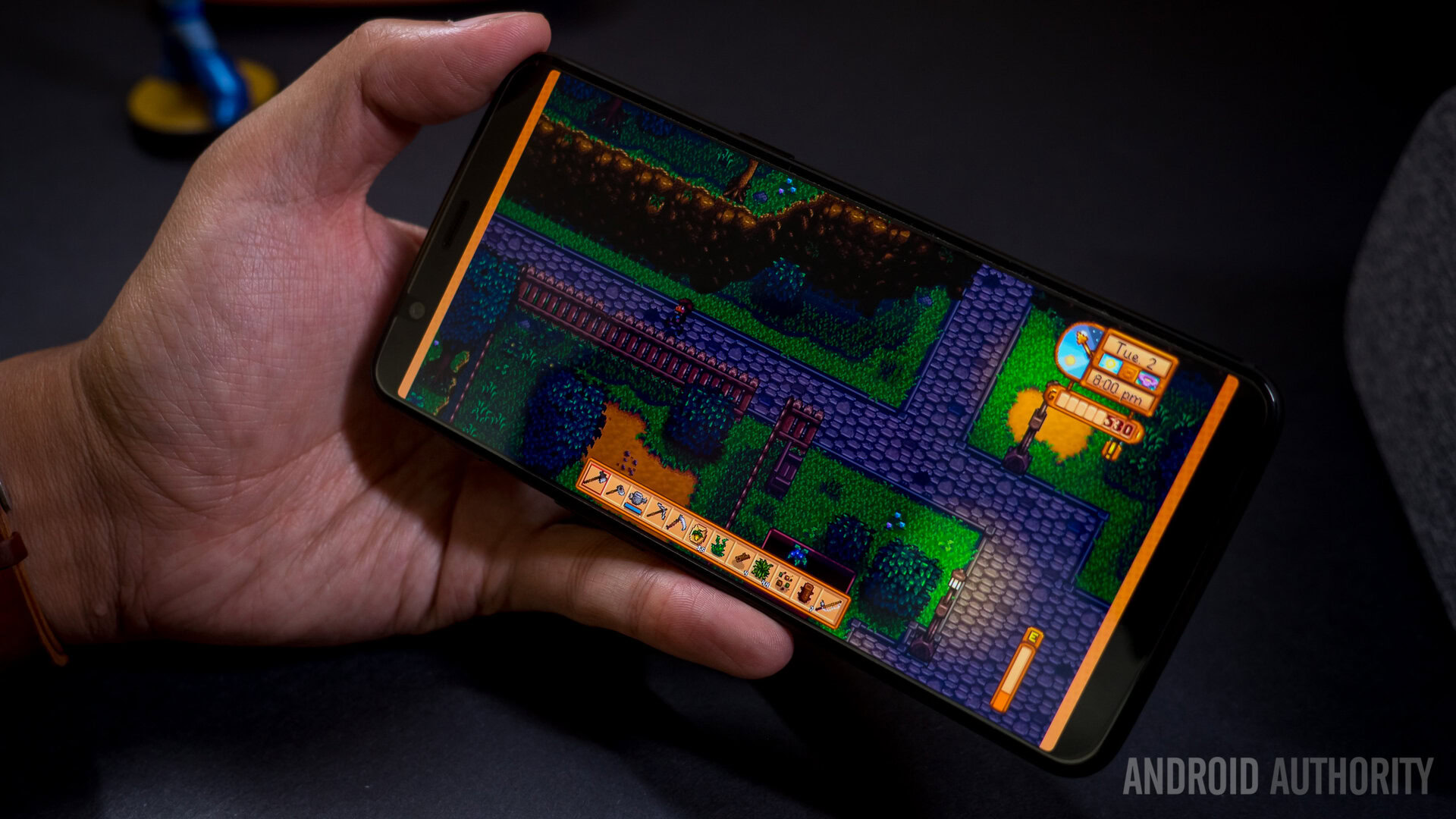
In case you’re in need of a reminder, the OnePlus 5T is packing a Qualcomm Snapdragon 835, 6/8 GB of RAM, and 64/128 GB of storage. These are still top of the line components, even six months after the release of the OnePlus 5, so you’re not missing out on the cutting edge this time around either. Naturally, the OnePlus 5T is incredibly snappy for a phone in this price range, and is possibly the best bang-for-your-buck available.
I never saw any slowdowns on this phone in my two weeks using it, which is really a sight to behold. Apps launch lightning fast, and multitasking is a dream. This is probably due to the lightweight nature of Oxygen OS, abundant RAM and the Snapdragon 835, but OnePlus is likely defaulting to a faster animation speed as well. I couldn’t find any settings allowing me to change the animation speed, but they feel about twice as fast as something like the Pixel 2.
There aren't many better spec'd phones on the market right now
There aren’t many better spec’d phones on the market right now, save something like the Razer Phone which has the same 8 GB of RAM as the $559 5T, a 1440p display, and a bigger 4,000 mAh battery. Still, at almost $150 cheaper it is hard to compare these devices head to head. If you want raw power you’re not going to find something better in the Android space unless you wait a few months for the next Qualcomm-powered devices to arrive.
As mentioned before, the headphone jack is still a thing in the OnePlus ecosystem, which most users will be happy to hear – using headphones on this device is a good but standard affair. One bright spot is the built-in speaker, which gets pleasantly loud without overdoing it in any one aspect. There’s no official IP certification, so just be careful if using the 5T to play music near the pool or sink. Nonetheless, this phone did a better job than most, providing loud audio that was still clear enough.
One aspect of this device we were especially concerned about is battery life. The 5T uses the same 3,300 mAh battery as the OnePlus 5, and we were worried the larger display would use more juice. Thankfully, our results have turned out pretty great, resulting in about five and a half hours of screen-on time on average. Josh, in particular, was able to get a few days of 7.5 hours SoT, which is a bit rare for a constant user like him.
While this isn’t ground-breaking power efficiency by any means, it is quite a satisfying result for a screen this large, especially with no change in battery capacity. Sticking with 1080p definitely helped in this case, and the quality of this AMOLED display is good enough that I wasn’t left longing for higher resolution either. This just goes to show that you don’t have to have all the most cutting-edge features to make a great device.
Camera(s)
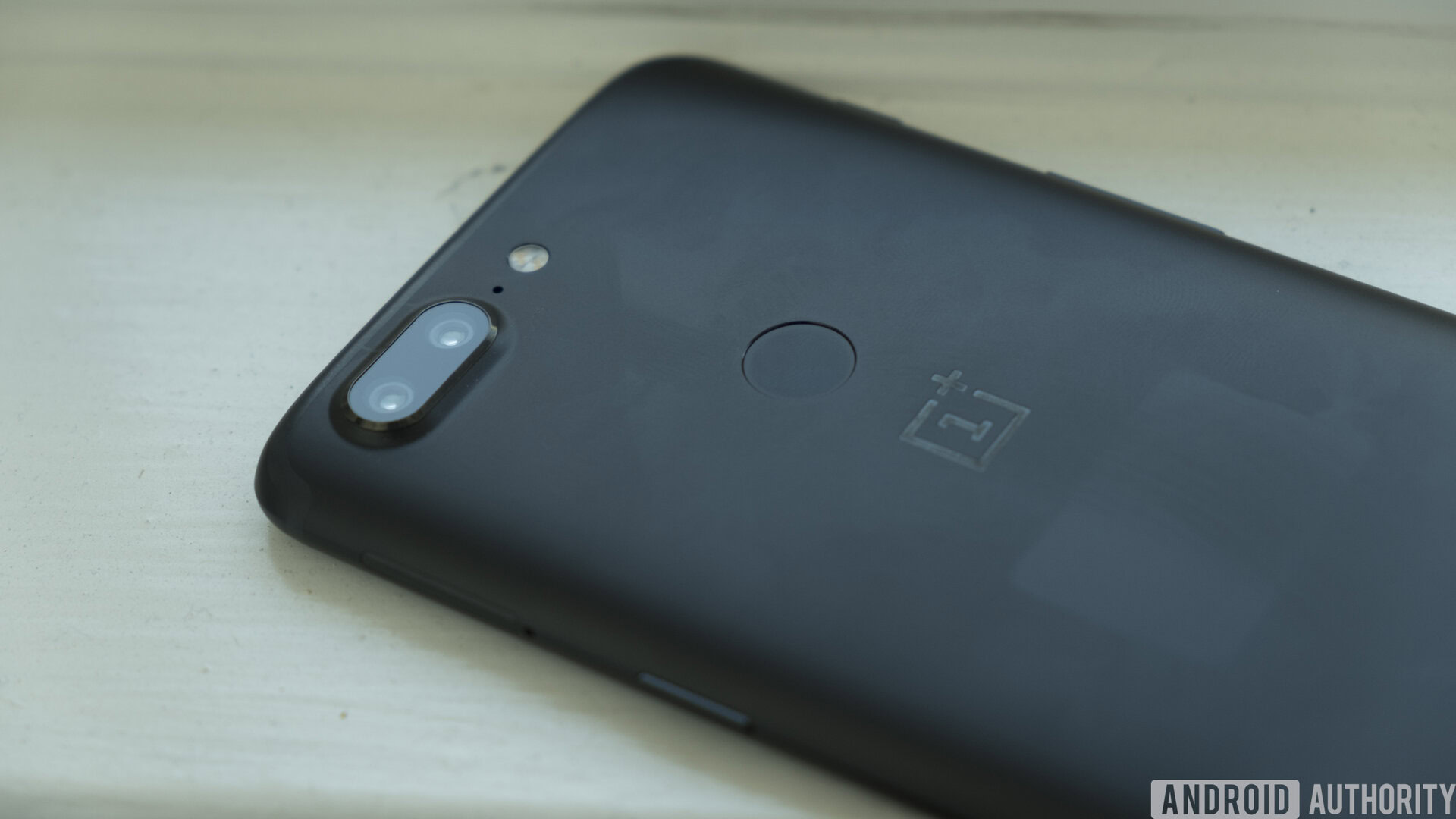
For the OnePlus 5T, OnePlus removed the telephoto 1.6x secondary camera in favor of a 20 MP 1x camera that uses groups of four pixels to perform better in low light. They’ve retained the quick-jump 2x zoom button from the OnePlus 5, though this time it is all being handled via software as opposed to the mix of optical and software-assisted zoom in the OnePlus 5. This change is a trade-off you’re seriously going to have to consider for yourself, since low light performance vs optical zoom is a very personal preference.
A different focal length affects a couple of the modes too, primarily portrait mode. Background bokeh is still possible on the OnePlus 5T and we found that there was plenty more behind the subject when compared to similar modes in the original OnePlus 5 and the Pixel 2. The front facing camera has also changed, resulting in a tighter frame that required us to really reach out with the phone to put more into the frame while taking selfies or live streaming.
Without using portrait mode, hitting the 2X button on the OnePlus 5T still zooms into the frame, but the image is obviously a crop of the original sensor. We didn’t notice too much of a difference in quality between the actual zoom lens on the OnePlus 5 and the digitally achieved zoom of the 5T. If you go looking for it though, 5T photos have some obvious post-processing compared to the sharper optically zoomed images taken with the original OnePlus 5.
Despite a dedicated low light camera, the 5T left quite a bit to be desired in ultra low-light circumstances
We tested this new camera in quite a variety of low light situations, and while it is certainly decent for what it is, it often gets trounced by the algorithmic processing of phones like the Google Pixel 2. However, the new Pixel 2 and Pixel 2 XL cost substantially more than the OnePlus 5T.
The 5T left quite a bit to be desired in ultra low-light circumstances, though it did quite well in regular light. It seems that the secondary lens only activates and backs up the main shooter in only the darkest of situations, which most users with even a little bit of photography knowledge would probably avoid in the first place. Ultimately, the promises of the 20 MP backup camera are technically sound, but prove to be largely unrealized, which is a shame because the camera does pretty well in other situations.

One such situation is 4K video recording, which has been given EIS for better stabilized footage. The video itself is pretty clear and the shakiness has improved from the previous generation camera, so we can call that a win in the camera column. One thing we did notice was pretty good quality audio capture, so if you are a vlogger or one who enjoys doing Facebook or Instagram live streams, your voice will sound loud and adequately clear to your audience.
Based on the high expectations even OnePlus themselves puts forward, I’m honestly a bit disappointed in the quality of the OnePlus 5T camera. In our testing the quality proves just a bit sub-par across the board, and I really didn’t see a substantial difference in low light capabilities. I personally would have preferred the company kept the telephoto lens for clearer zoom, but some may have a different opinion on this subject. It will be interesting to see if OnePlus keeps this setup for the OnePlus 6 or tries something else.
Software
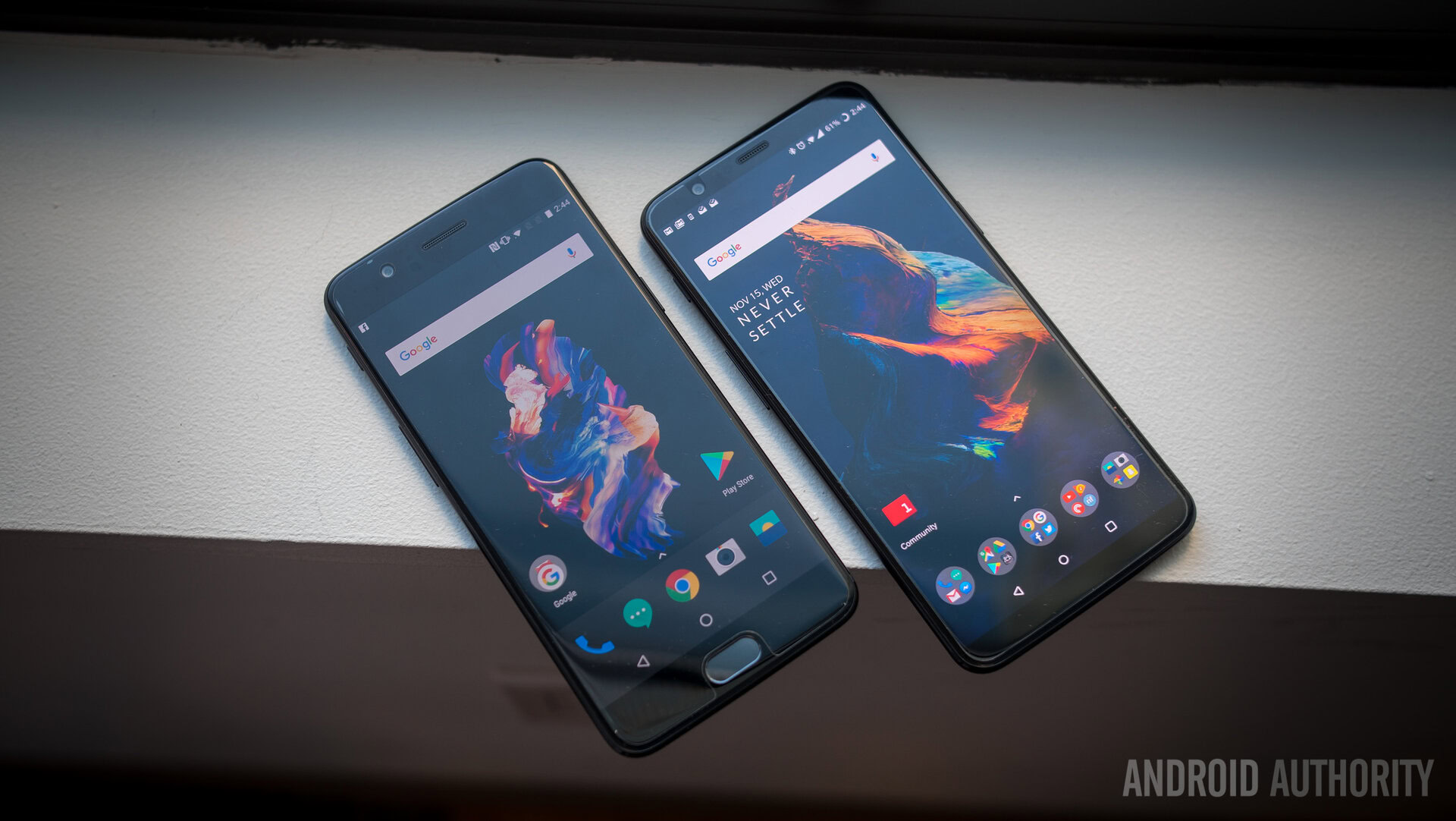
The UI remains quite similar to the OnePlus 5, with a few changes that help set it apart. It’s still running Oxygen OS based on Android 7.1.1 Nougat, but there will be an 8.0 Oreo beta out by the end of 2017, with an official release coming in Q1 of 2018.
I’m quite fond of Oxygen OS, as it takes many of the features of stock Android and adds some extra settings and features which help to enhance the experience. OnePlus’ software has evolved quite admirably since the OnePlus One, and it is currently one of my favorite Android skins to date. The only “bloatware” present on the device out of the box is the OnePlus Community app, but it can be uninstalled if you want to get a truly bloat-free experience.

There are a couple of new features worth discussing. Face Unlock allows you to unlock your device just by looking at it, and it works much faster than many of the other devices we’ve tested. While the feature worked a majority of the time, there were instances in which the camera did not recognize me for some unknown reason. A software update released between our initial review and now seems to have largely addressed the issue.
I’m still a bit worried about the security of Face Unlock, but I did test it against multiple photos of myself and it didn’t unlock with those, so I’m remaining hopeful for now. The fingerprint reader on the rear is also extremely fast if you would rather use that (OnePlus says it unlocks within one fifth of a second), so you’ve got quite a selection of different security options available to you. And a final note on security – Face Unlock is mainly used for unlocking the device whereas OxygenOS will often default to more secure options when necessary (eg registering security features in apps).
While Parallel Apps are useful for those that run personal and public accounts on apps like Instagram and Snapchat, most users won't find it exceptionally helpful.
A new feature which has made its way to the 5T is Parallel Apps. This feature essentially creates cloned instances of apps that require a login, allowing you to be signed in to multiple accounts at once. While Parallel Apps are useful for those that run personal and public accounts on apps like Instagram and Snapchat, most users won’t find it exceptionally helpful. Still, having the option is much better that omitting it.

One other change made to the software is an updated reading and gaming mode. While we saw these features in the OnePlus 5, the company has expanded upon them to apply different levels of contrast to help enhance the experience. The addition of adjustable contrast levels for text against the background are definitely appreciated.
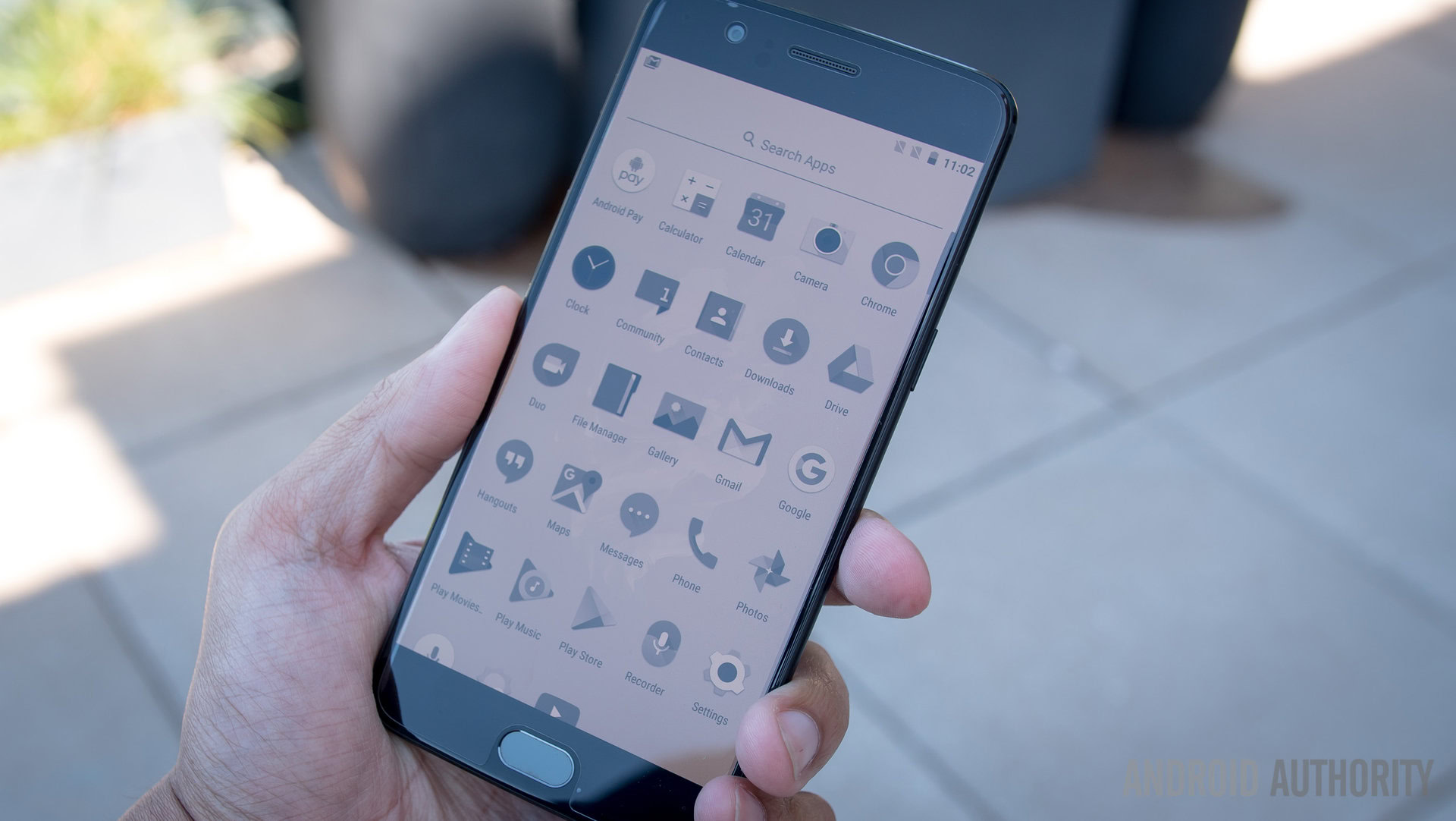
What really stands out about OxygenOS is that it doesn’t try too hard. For the most part, using this interface yields an experience not far from stock vanilla Android; however, OnePlus has added in just enough to make the experience feel fresh. The Shelf is still a good place to stash some widgets so that they are not covering up any glorious background you may be using. These backgrounds can be drawn from a gallery of photos actually taken on OnePlus phones.
Customizing the look of the interface isn’t quite as robust as options found in third party launchers, for example, but they are equally as subtle as they are powerful. Dark and light modes can completely change the way you look at OxygenOS, while accent color options show that OnePlus pays attention to the small details that can give users a personalized experience. And for any users that need further convenience and accessibility, the gestures setting helps get users there fast from standby and the softbar can be customized to trigger functions or applications based on double taps or long presses.
There is no over-abundance of features or many redundancies to OxygenOS – and for an interface that has come of age fairly quickly in the last couple of generations, we find Oxygen to be just that: a welcome breath of fresh air.
Specs
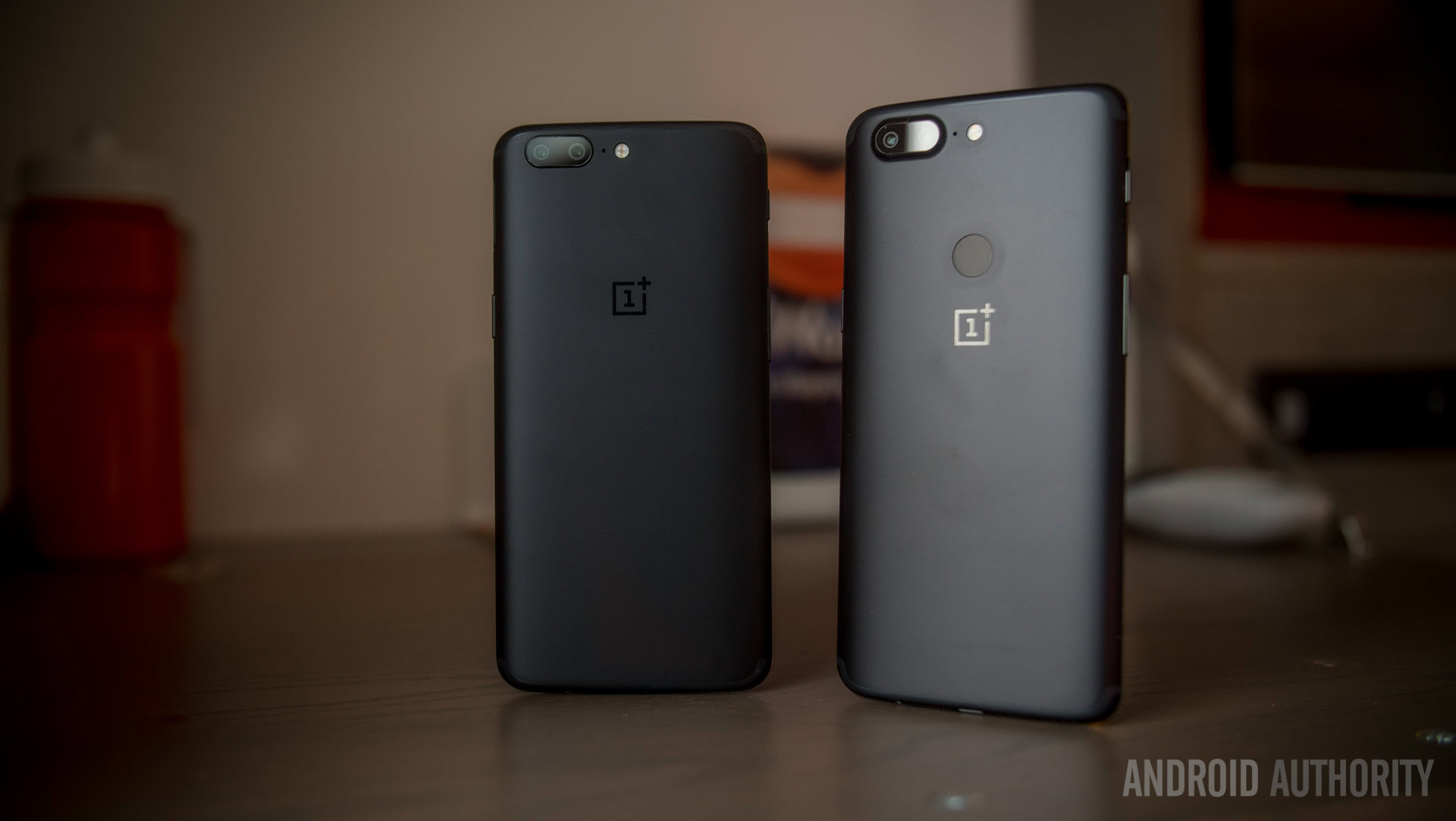
| OnePlus 5T | |
|---|---|
Display | 6.01-inch AMOLED 1080 x 2160 resolution 401 ppi 18:9 aspect ratio Supports sRGB, DCI-P3 2.5D Corning Gorilla Glass 5 |
Processor | 2.45 GHz octa-core Qualcomm Snapdragon 835, 10nm |
GPU | Adreno 540 |
RAM | 6/8 GB LPDDR4X |
Storage | 64/128 GB UFS 2.1 2-lane No microSD expansion |
Cameras | Rear cameras Main sensor: 16 MP Sony IMX 398 sensor, 1.12 µm, f/1.7 aperture, 27.22 mm focal length Secondary sensor: 20 MP IMX 376K sensor, 1.0 µm, f/1.7 aperture, 27.22 mm focal length Front camera: 16 MP Sony IMX 371 sensor, 1.0 µm, f/2.0 aperture |
Audio | Bottom-facing speaker Three microphones with noise cancellation Supports AANC Dirac HD Sound |
Sensors | Fingerprint Hall Accelerometer G-sensor Electronic Compass Gyroscope Proximity Ambient Light RGB Sensor Hub |
Battery | 3,300 mAh Non-removable Dash Charge (5V 4A) |
Material | Anodized aluminum |
IP rating | None |
Network | LTE: Supports 3xCA Supports 64QAM & 256QAM Supports up to DL CAT 12 (600 Mbps) / UL CAT 13 (150 Mbps) depending on carrier support Bands: FDD LTE: Bands 1/2/3/4/5/7/8/12/17/18/ 19/20/25/26/28/29/30/66 TDD-LTE: Bands 34/38/39/40/41 TD-SCDMA: Bands 34/39 UMTS (WCDMA): Bands 1/2/4/5/8 CDMA: BC0 GSM: 850/900/1800/1900 MHz |
Connectivity | Wi-Fi: MIMO 2x2, 802.11 a/b/g/n/ac, 2.4/5 GHz Bluetooth 5.0, supports aptX & aptX HD NFC GPS, GLONASS, BeiDou, Galileo |
Ports | USB Type-C (USB 2.0) Support USB Audio 3.5 mm audio jack |
SIM | Dual nano SIM |
Software | Android 7.1.1 Nougat OxygenOS |
Colors | Midnight Black |
Dimensions and weight | 156.1 x 75 x 7.3 mm 162 g |
Pricing & final thoughts
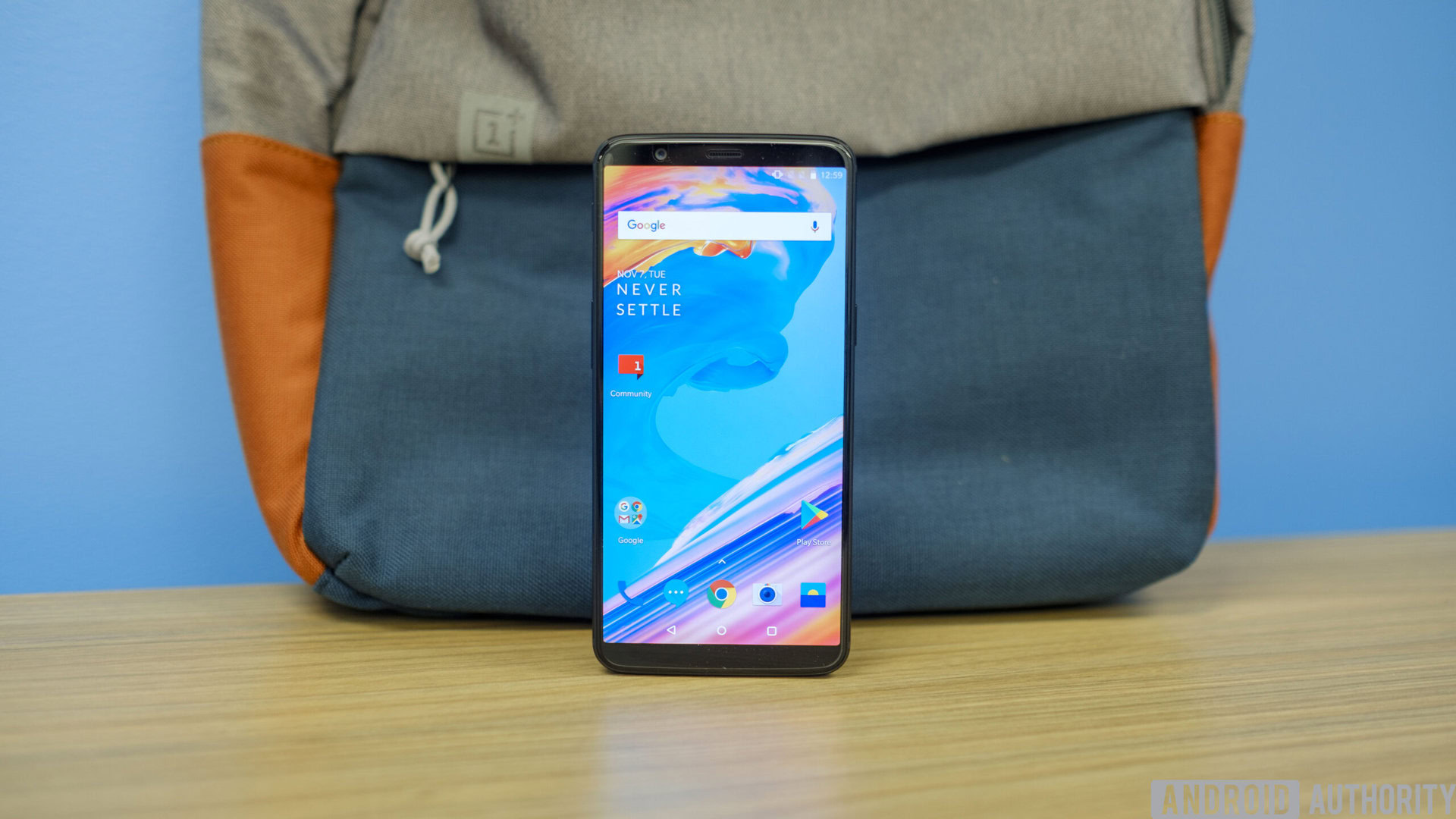
Overall, the 5T is a healthy addition to the OnePlus family. It takes what we already loved about the OnePlus 5 and refines the design and software a bit, while maintaining a similar sub-$500 price point. The 6-inch 18:9 display really does make for a richer experience, and for those looking to get a premium Android device on a budget, the 5T may just be the phone to beat, even if its new camera promise doesn’t quite pan out.